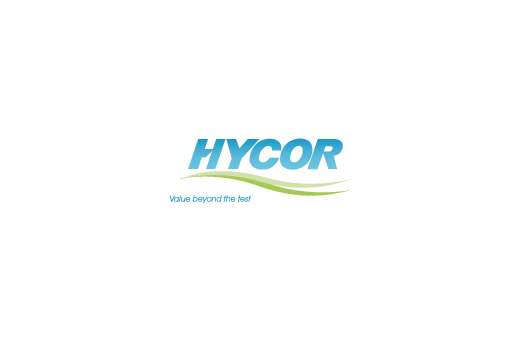Anti-Sm
The detection of Anti-Nuclear Antibodies (ANA’s) has long been an important tool in the diagnosis of systemic rheumatic diseases. The antigens used in their detection are purified by the saline extraction of human or animal nuclei, this has led to them being termed Extractable Nuclear Antigens (ENA’s). The most commonly measured ENA specifications are anti-SS-A/Ro, anti-SS-B/La, anti-Sm, anti-Sm/RNP, anti-Jo-1 and anti-Scl-70.
The intracellular antigen Sm is a target for autoimmune response for many Systemic Lupus Erythematosus (SLE) patients and is considered to be highly specific for this condition. Anti-Sm antibodies react with small nuclear ribonucleoproteins (snRNP) particles containing at least 9 polypeptides. However, immunoblotting studies have shown that anti-Sm antibodies bind predominantly to the SmB, SmBI, and SmD proteins. Studies have shown that anti-Sm antibodies occur in 30-40% of patients with SLE but higher levels have been observed in non-Caucasian patients. The Sm antigens are ribonuclear proteins and under Western Blot produce bands at approximately 25kD.
The AutostatII assay for detection of autoantibodies is a solid phase immunosorbent assay (ELISA) in which the analyte is indicated by a colour reaction of an enzyme and substrate. The AutostatII wells are coated with purified antigen (1).
On adding diluted serum to the wells the antibodies (2) present bind to the antigen. After incubating at room temperature and washing away unbound material, horseradish peroxidase conjugated anti-IgG monoclonal antibody (3) is added, which binds to the immobilised antibodies.
Following further incubation and washing, tetra-methyl benzidine substrate (TMB) (4) is added to each well. The presence of the antigen-antibody-conjugate complex turns the substrate to a dark blue colour. Addition of the stop solution turns the colour to yellow.
The colour intensity is proportional to the amount of autoantibodies present in the original serum sample.

